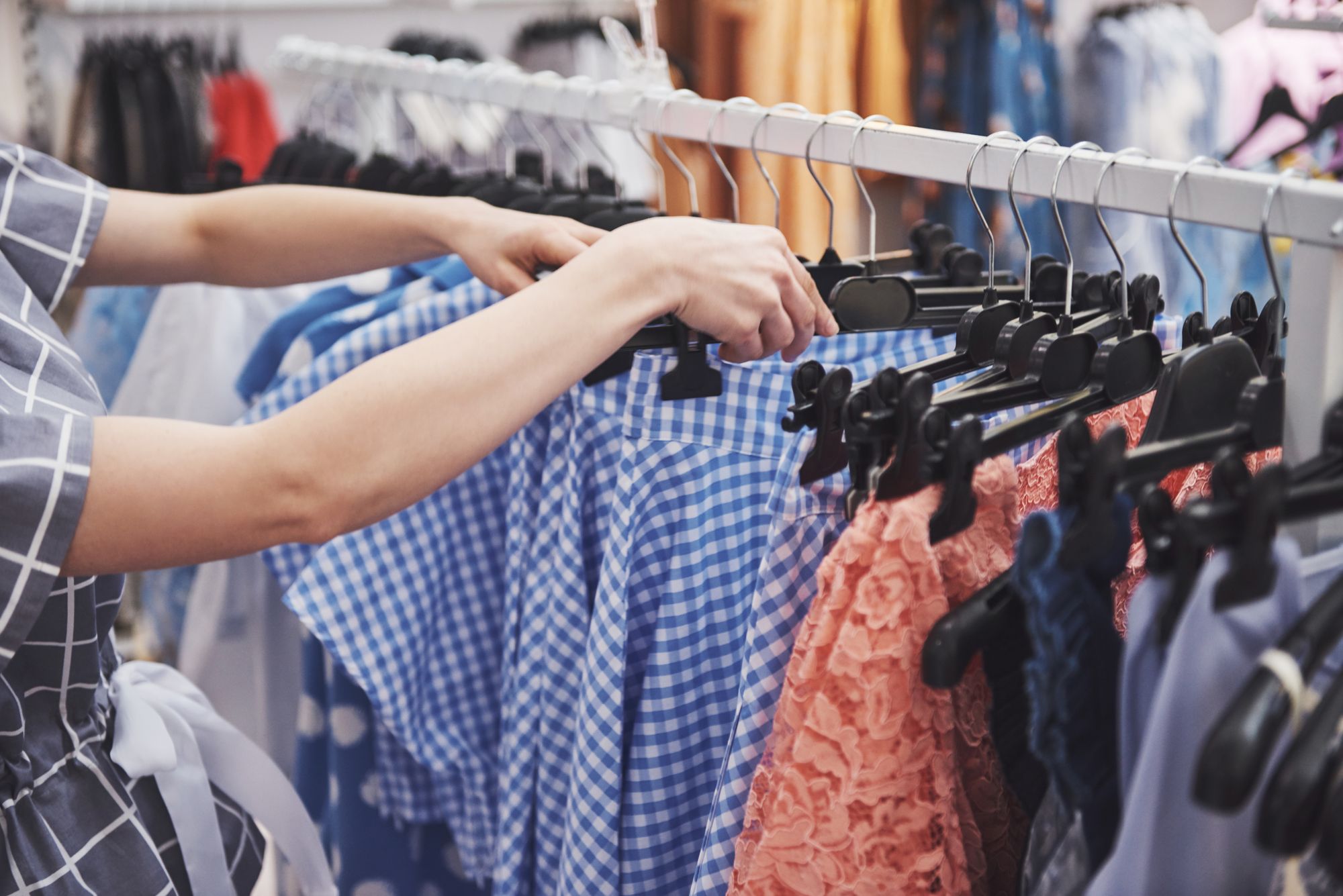What is Retail Therapy?
Retail therapy can boost your mood especially when it is unplanned and this feeling usually lasts well after the purchase.

Retail therapy can boost your mood especially when it is unplanned and this feeling usually lasts well after the purchase. It can also fight off any lingering sadness and give you a sense of control.
What is retail therapy and are you affected by it?
Retail therapy is defined as buying things to feel happy. You may not necessarily need an item but you buy it because you like it and it makes you happy. Retail therapy isn’t bad for you if you know how to control it and stay on top of your finances. Always shopping and paying for things can be straining your wallet.
Retail therapy can cause happiness but it can also lead to financial stress depending on your financial situation. A lot of financial stress can come from poor budgeting or unexpected expenses such as medical bills or car maintenance.
According to the American Psychological Association’s study, 72 percent of Americans reported that they feel stressed out about money in the month prior to when the study was conducted. We can avoid that if we learn to budget our monthly expenses and put money aside for emergencies.
How do people end up buying things they don’t need?
A lot of this can stem from products with cute packaging and the marketing for said products. Marketers study what is popular and create products around the trend. For example, Marvel just came out with some new movies and a lot of stores will collaborate with them in selling plushies and t-shirts.
Where do these things end up if they’re unnecessary and unused?
Retail therapy is great as a mood booster at the moment but if we do not use the items that we buy, it’ll create a cluster in the house. Overall, it is harmful and wasteful to the environment when we make impulse purchases that give us happiness for just a bit.
Here are some ways to help you overcome the bad parts of retail therapy.
First, start with budgeting. Based on how much you make per month, set aside money for important things such as utilities, rent, and groceries. Then set aside money for emergencies. After that, you can put half of your remaining income into savings and use the other half to spend on personal things.
Second, try window shopping. Window shopping can bring you the same happiness as retail therapy. Although in the end, you don’t end up with the product you wanted, it was nice to browse through and see it. If window shopping is too tempting for you, you can go to extremes and start blocking ads and social media pages that sponsor and share products with you.
In the end, it is not wrong to treat yourself to things that you enjoy, but it is smarter to do so responsibly. Having a financial plan helps you decide the short-term and long-term financial goals. Fear and stress from money problems can damage your self-esteem, make you feel flawed, and fill you with a sense of despair. By creating a financial plan, you can prepare for emergencies, achieve financial security and get early retirement.
Chronic diseases – such as diabetes, cancer, asthma, and heart disease – are leading causes of death and disability. The Liu Foundation offers philanthropic The app and video series promoting evidence-based lifestyle habits to prevent chronic diseases. Harvard, Stanford, and CDC’s Public Health findings into an easy-to-use behavior conditioning app and series of lifestyle motivation videos to prevent chronic diseases.

Living It Up Anywhere
The idea of living your best life can be done anywhere, at any time, and all it really takes is a mindset shift. Take it one core lifestyle habit at a time, whether that is eating healthy and less, daily exercise, quitting bad habits, getting a routine checkup, or being positive. Take a chance today to Live It Up!

